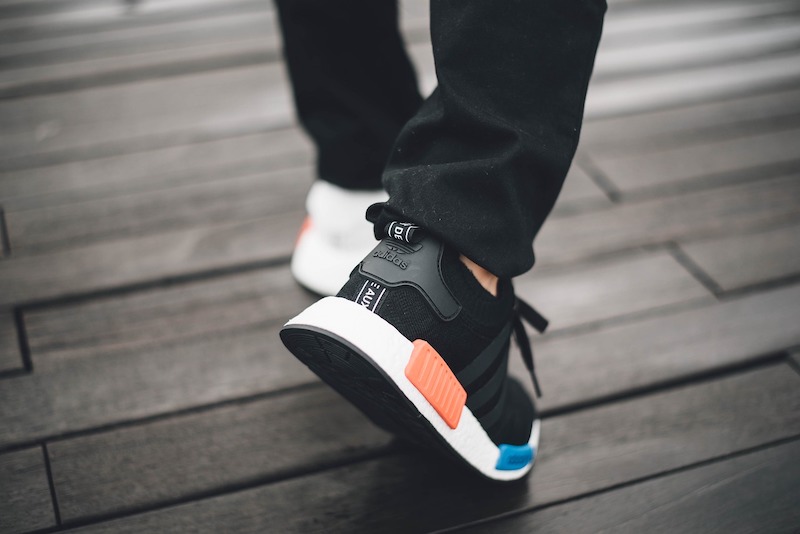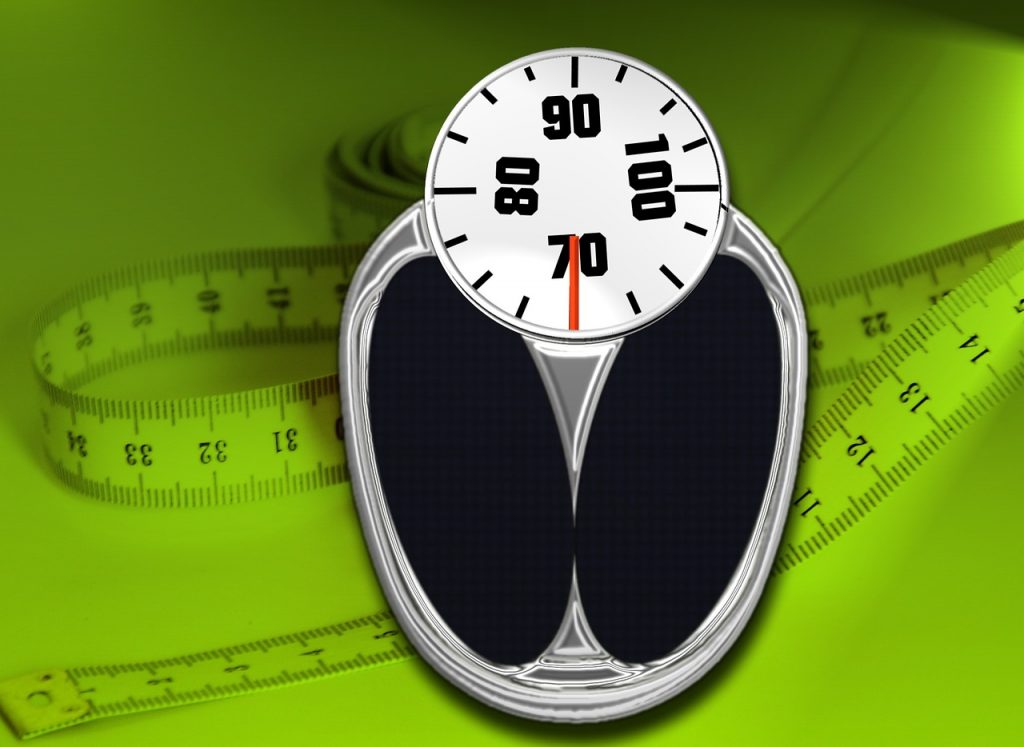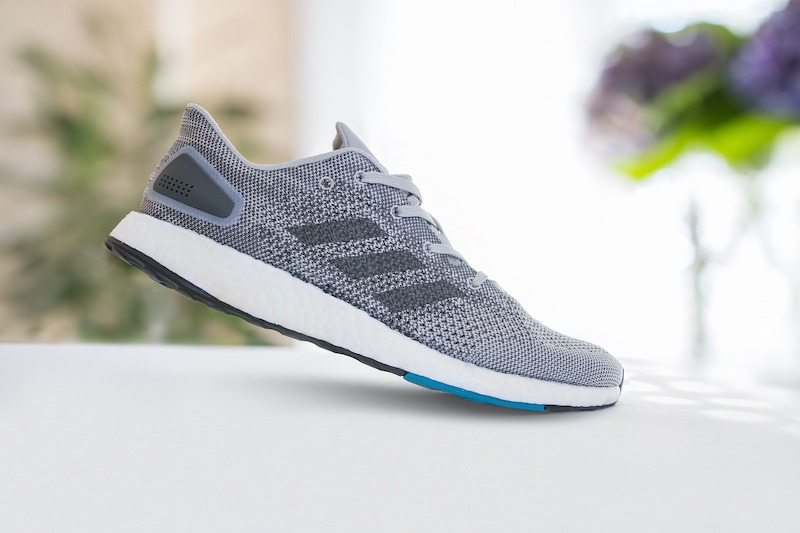Some runners will wear their shoes until they are full of holes, and their soles have worn down. Others will replace their road or trail running shoes as soon as the feel less cushioned, or when they get too dirty.
The answer to “how often should my running shoes be replaced?” is: “As soon as possible.” Between almost new and completely worn-out.
You will often hear that a shoe can last up to 500 miles. There are, however, a number of other factors which will affect how well they wear.

Running shoes wear and tear
How do running shoes feel to you?
The way they feel can be a good indicator of whether you need to buy new shoes. If you are a fairly experienced runner, you will know how you shoes should feel.
Think about the grip and the cushioning.
Make sure that your uppers are fully supporting you. This includes the heel cup, the forefoot, and the lacing system.
Running gait
Running shoes wear differently depending on the running gait. For example, we all heel strike or run with our forefoot. We may also under-pronate, over-pronate, etc. If you heel strike the shoe, you are more likely to wear the sole at the back of the shoe before the rest.
Look at the bottom of your current shoes and the uppers as well to get a better idea of your gait.
Others will replace shoes with holes to avoid dirt, grit, or wetness entering the shoe.
The same applies to the soles. When you run on a hard surface and want to protect your joint, you should change your cushioned running shoes. When you notice that the bounce has disappeared from your road running shoes, it is a good idea for you to switch them out. adidas women’s trainers range Include cushioned road-running footwear such as the adidas Ultraboost 22, which is a great choice for new road-running shoes.
If you are an avid trail runner, you may end up injuring yourself if your soles become worn down. This is because you will be more likely to slip on muddy terrain or on wet stones.

How much weight do you weigh?
How much you weigh is a major factor in determining when to replace running shoes. You will wear out your running shoes faster if you weigh more. Weight and impact on the uppers and soles of running shoes can cause the cushioning to wear out quicker than someone who is lighter.
If you are taller, then you could be naturally heavier.

What material are shoes made from?
Look at the materials that your running shoes are constructed from. Look they are well made and durable? Some fabrics and materials are stronger than others. Shoes with graphene soles, which are lightweight and durable, will likely last longer than those made from a softer material.
If you have a pair of shoes that are made from a durable material, like a sole, this doesn’t mean they will last forever. Other components will eventually wear out, including the fabric uppers.
Running shoes with minimal features, such as lightweight, minimalist footwear, are likely to wear out faster than those that have extra features like protection rands and toe caps, or extra cushioned, minimalist soles.
Consider whether the running shoes you choose contain recycled materials. Running shoes that contain recycled materials such as will be the eco-friendly choice. adidas RACER TR21 shoes. A shoe made from recycled and vegan materials is even better.

What is the terrain?
It is important to buy shoes that are suitable for the terrain you run most often. This means trail shoes if you run off-road, and road shoes if you run on tarmac.
You will most likely end up running in a mixture of terrains, which will affect the wear on your running shoes.
The soles of shoes will wear out faster if you run on rough terrain. Over time, running on a ground with thick vegetation like heather or bracken as well as mud, stones, and other rough surfaces will cause the uppers to wear down.
Keep an eye out for your running shoes To determine if you need to replace your shoes, look for general wear and tear on the uppers. Check for wear on the uppers, such as tears, holes, etc., and inspect the soles to determine if they have worn out.
Are there any injuries?
Over-training, slips and falls on uneven terrain are all possible causes of injury for runners. It could also be your shoes that are causing the problem.
Many people complain of shin splints and find that changing their shoes can help.
Think green
Sports shoes are a good example of a product that can negatively impact the environment. Consider how many new items you need to buy as a consumer.
You should also consider the recycled content of all products, even new running shoes.
When the shoes have reached the end of their life, dispose of them environmentally-friendly.